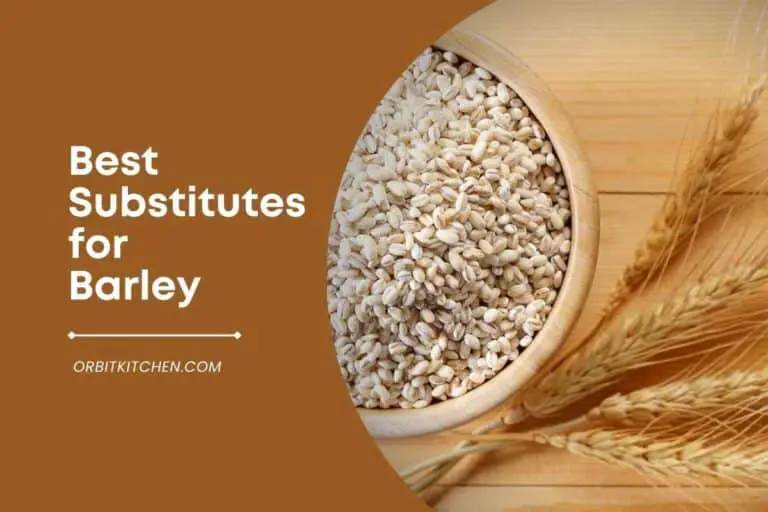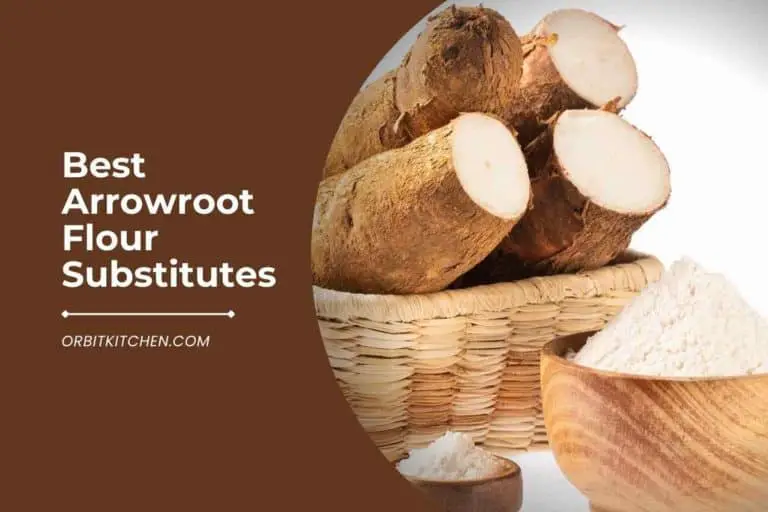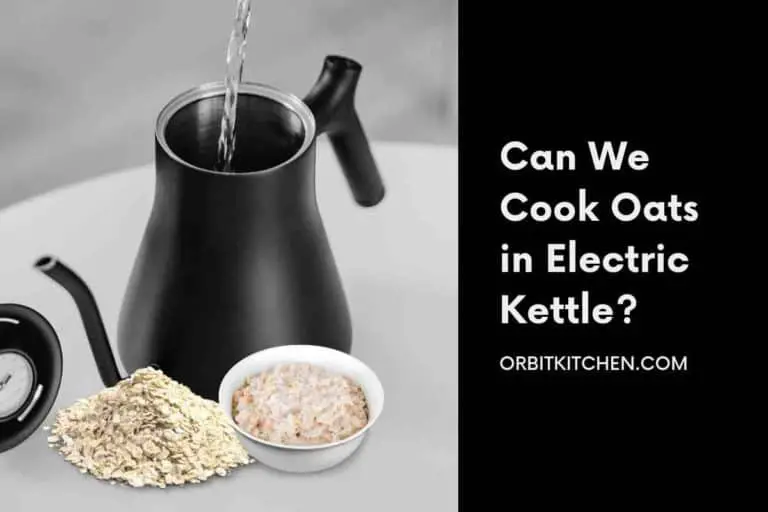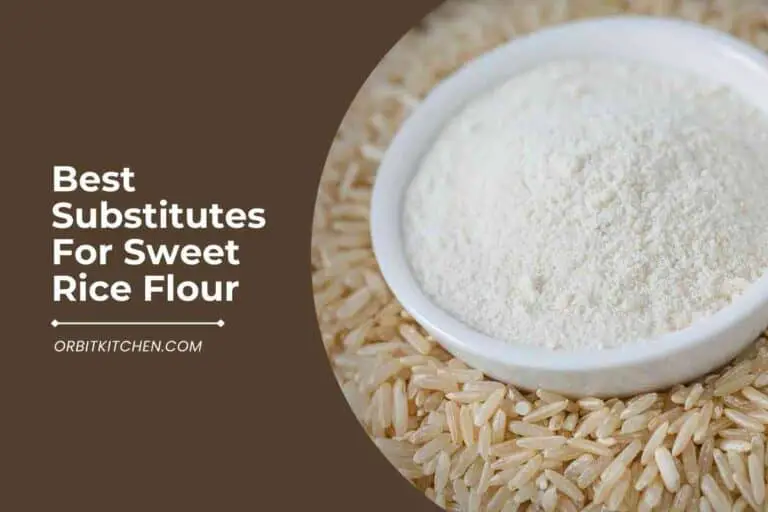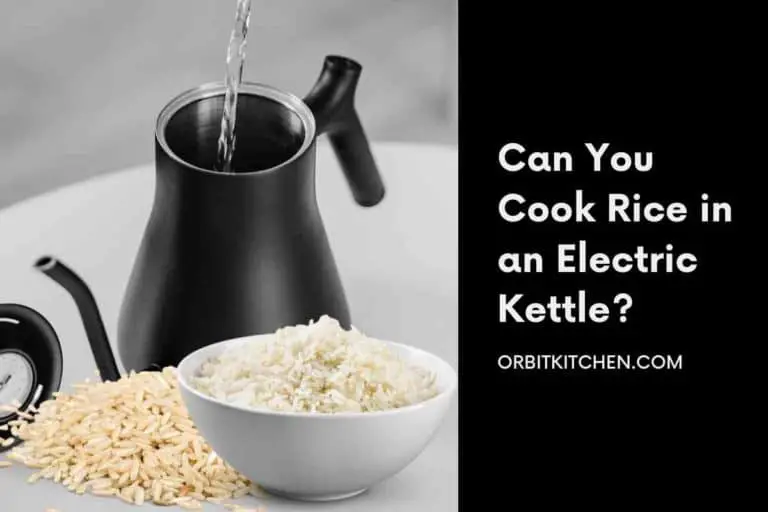17 Best Substitutes for Wheat Starch
Wheat starch is a key ingredient for many popular baked goods and is commonly found in most gluten-free foods. It is often used to thicken sauces, soups, gravies, and gravies, but it can be used in almost any recipe that calls for cornstarch.
This guide covers the best substitutes for wheat starch, which you can use if you don’t want wheat starch.
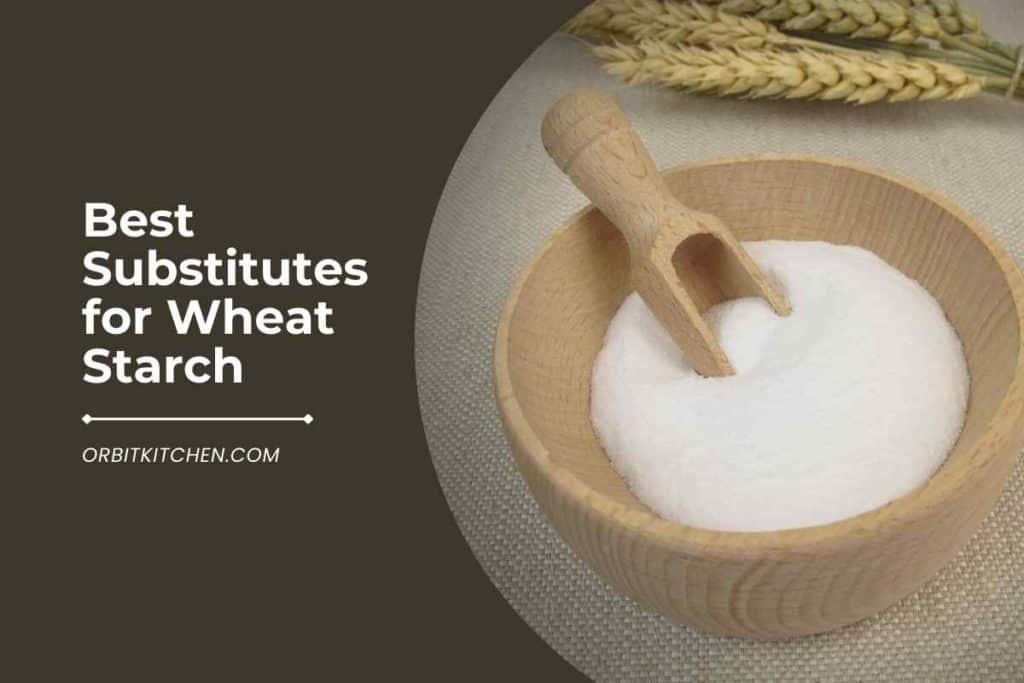
What Are The Best Substitutes for Wheat Starch?
Cornstarch, tapioca, potato, arrowroot, and rice flour are good alternatives to wheat starch. They can be used in place of wheat flour in baked goods or dough to bind ingredients together. These alternative starches give the same results as wheat flour but have different textures and tastes.
Here are the 17 Best Substitutes for Wheat Starch
1. Arrowroot
Arrowroot is a starch extracted from various tropical plants’ roots. It is commonly used as a thickening agent in multiple cuisines and can also be used in baking and as a gluten-free flour. It’s an excellent alternative to wheat starch.
It is gluten-free and a good source of dietary fiber, which can help to regulate digestion and promote regularity. Arrowroot can help to control blood sugar levels, making it a good choice for people with diabetes or prediabetes.
It can be used as a thickening agent in recipes and has a neutral flavor, so it will not alter the dish’s taste. It can also be used as a natural and gentle baby powder.
2. Potato Starch
Potato starch is a type of carbohydrate that is extracted from potatoes. It is a white powder used as a thickener and binder in food. It is also used in cosmetics and pharmaceuticals.
Potato starch is a good substitute for wheat starch because it’s gluten-free and has a similar texture. It is a complex carbohydrate that is slowly absorbed and metabolized by the body, making it an ideal energy source.
It is also a good source of dietary fiber, which is essential for digestive health. It has a low glycemic index, meaning it does not cause spikes in blood sugar levels.
Potatoes are gluten-free, making it a good option for people with celiac disease or gluten sensitivity. It is rich in vitamins and minerals, including potassium, phosphorus, and vitamin C.
3. Tapioca Starch
Tapioca starch is a thickener that thickens water-based foods such as soups and gravies. In addition, tapioca starch is commonly used to make pudding. Tapioca starch is a natural food additive used in baking and cooking.
Tapioca starch is a good alternative to wheat starch because it is gluten-free, has a neutral taste, and is a good thickener.
Moreover, it contains dietary fiber and can help to regulate blood sugar levels. It can help to promote a feeling of fullness.
4. Corn Starch
Corn starch is a type of starch found in corn. It’s used for various things, including baking, cooking, and thickening liquids.
It is also a good binding agent and can be used to make cornstarch paste, which is used as glue or adhesive.
It is a good substitute for wheat starch because it is gluten-free and has a similar texture. A good thickener for sauces, gravies, and pie fillings, An excellent binding agent, versatile, Inexpensive, and Easily available.
5. Rice Starch
Rice starch is a type of starch that is derived from rice. It is a white powder used in various food applications as a thickening agent, binding agent, or stabilizer.
It is a good source of wheat starch because it has a similar consistency and can be used similarly.
Some benefits of rice starch are that it is a natural thickener, is gluten-free, has a neutral taste, and is easy to digest.
6. Sago
Sago is a type of flour made from the pith of the sago palm tree. It is commonly used in Southeast Asian cuisine and has a slightly sweet flavor.
It is an excellent alternative to wheat starch because it is a starch that is extracted from the pith of the sago palm. Sago is a good source of dietary fiber and is low in fat. It is a good source of energy and nutrients.
It is easy to digest. It is a good source of dietary fiber. It can help regulate blood sugar levels. It can help lower cholesterol levels. It can help improve digestive health.
7. Millet
Millet is a type of grain typically used for bird seed, but it can also be used for human consumption. It is relatively high in fiber and protein and has a nutty flavor.
It is a good substitute for wheat starch because it is gluten-free and has a similar consistency. It is a highly nutritious grain that is packed with vitamins and minerals.
It is a good source of fiber, which can help to promote digestive health. It is a whole grain containing all of the grain’s nutrient-rich germ, endosperm, and bran.
It is a gluten-free grain, making it a good option for people with celiac disease or gluten intolerance. It is a versatile grain used in various dishes, from breakfast porridge to savory pilafs.
It is a relatively easy grain to cook with and doesn’t require any special equipment. It is a sustainable grain grown using minimal water and land resources.
8. Quinoa
Quinoa is a grain crop that is grown for its edible seeds. The seeds are cooked and eaten like rice or used in salads, soups, and casseroles.
Quinoa is a good source of protein and fiber and is also high in vitamins and minerals. While quinoa and wheat starch may have different textures.
They can be used as a substitute for wheat starch in many recipes. It is suitable for wheat starch because it is gluten-free, high in protein, and has a similar texture.
9. Amaranth
Amaranth is a herbaceous plant or shrub typically found in tropical and subtropical regions. It is known for its brightly colored flowers and leaves, often used in salads or as a decorative element in gardens.
It is also a grain high in protein and fiber and a popular alternative to rice or quinoa. It is a good source of wheat starch because it is gluten-free and has a high protein content.
Some benefits of Amaranth include that it is a good source of fiber and protein, is gluten-free, and has a high nutritional value.
Additionally, It can be used as a healthy alternative to rice or pasta, and it can be used in a variety of recipes.
10. Buckwheat
Buckwheat is a plant that is related to rhubarb and sorrel. The plant is used for its grain-like seeds, which are often ground into flour. It is used to make pancakes, crepes, and noodles.
It is a good substitute for wheat starch because it is gluten-free and has a similar texture. Some benefits of buckwheat include its high nutrient and antioxidant content.
Its ability to lower cholesterol and blood pressure, its anti-inflammatory properties, and its role in helping to prevent and control diabetes. Additionally, It is a good fiber and protein source and is gluten-free.
11. Teff
Teff is a small, gluten-free grain native to Ethiopia and Eritrea. It is a staple in the Ethiopian diet, where it is used to make injera, a spongy flatbread.
It is a good source of fiber and protein and is also high in iron. It is an excellent alternative to wheat starch because it is gluten-free and has a high protein content.
Some benefits of teff include its high nutrient content, including iron and fiber, and its gluten-free status. It is also a versatile grain that can be used in a variety of dishes, from breakfast porridge to savory stews.
12. Wild Rice
Wild rice is a species of grass that grows in shallow water in marshes. The grain is harvested and then either parched or dried. Wild rice has a nutty flavor and is often used in pilafs and soups.
It is the best replacement for wheat starch because it is gluten-free and has a similar texture. Some benefits of wild rice include that it is a nutritious grain and a good source of protein and fiber.
It is low in calories, and it has a nutty flavor. Wild rice is also a good source of vitamins and minerals, including thiamin, niacin, and vitamin B6.
13. Sorghum
Sorghum is a type of grass used to make various products, including animal feed, biofuel, and even human food. The plant is native to Africa and is now grown in many parts of the world.
It is a good source of wheat starch because it is gluten-free and has a similar flavor and texture. It is a drought-tolerant crop that can be grown in arid regions.
It is a versatile crop for animal feed, biofuel, and human food. It is a nutritious grain that is high in fiber and minerals. It is a gluten-free grain suitable for people with celiac disease or gluten intolerance.
14. Triticale
Triticale is a hybrid of wheat and rye. It is a cereal crop that is a cross between wheat and rye. It is a good source of dietary fiber and protein.
It also contains a variety of vitamins and minerals. Its high protein content makes it a good substitute for wheat starch.
Some benefits of Triticale include its high protein content, resistance to pests and diseases, and tolerance to drought and heat.
It is also a good source of vitamins and minerals and can be used as a cover crop to improve soil health.
15. Kaniwa
Kaniwa is a type of grain that is closely related to quinoa. It is native to the Andean region of South America and has been cultivated for thousands of years.
It has a similar nutritional profile to quinoa and is a good source of protein, fiber, and minerals. It is a good alternative to wheat starch because it is gluten-free and has a similar texture.
Kaniwa is a superfood that is packed with nutrients. It is a great source of plant-based protein. It is high in fiber and low in calories. It is gluten-free and vegan.
It is rich in antioxidants and phytonutrients. It can help improve digestion and regularity. It can help lower cholesterol and blood pressure. It is a good source of vitamins and minerals.
It can help boost energy levels and metabolism. It is an excellent superfood for overall health and wellness.
16. Job’s Tears
Job’s tears is a common name for a group of plants in the genus Coix, native to Southeast Asia. These plants are annual or perennial herbs with long, narrow leaves and white, pearl-like seeds.
The seeds are often used in jewelry and other decorative items. It is a good substitute for wheat starch because they have a similar texture and can be used similarly.
Some benefits of Job’s Tears include that they can help improve circulation, can act as a diuretic to help increase urination, and can also help to reduce inflammation. Additionally, they have been traditionally used as a natural remedy for fevers, colds, and coughs.
17. Batata Starch
Batata starch is a potato starch commonly used as a thickening agent in various recipes. It is also known as tapioca starch or tapioca flour. There are a few reasons why Batata starch makes good wheat starch.
It has a similar protein content to wheat starch, so it can provide the same level of binding and thickening.
Also, batata starch is less likely to cause digestive issues than wheat starch, and thirdly, it has a lower glycemic index, meaning it won’t cause spikes in blood sugar levels. It contains resistant starch, dietary fiber, vitamins, minerals, and antioxidants.
Conclusion
In the end, we hope you are well aware that the best substitute for wheat starch. However, if you don’t want to use wheat starch, then you can use its alternatives like cornstarch, tapioca, potato, arrowroot, and rice flour are good alternatives to wheat starch.
If you are interested in the best kitchen products and accessories, be sure to visit my Recommended Products Page (click to see my page), Which includes all of my top picks by category.

